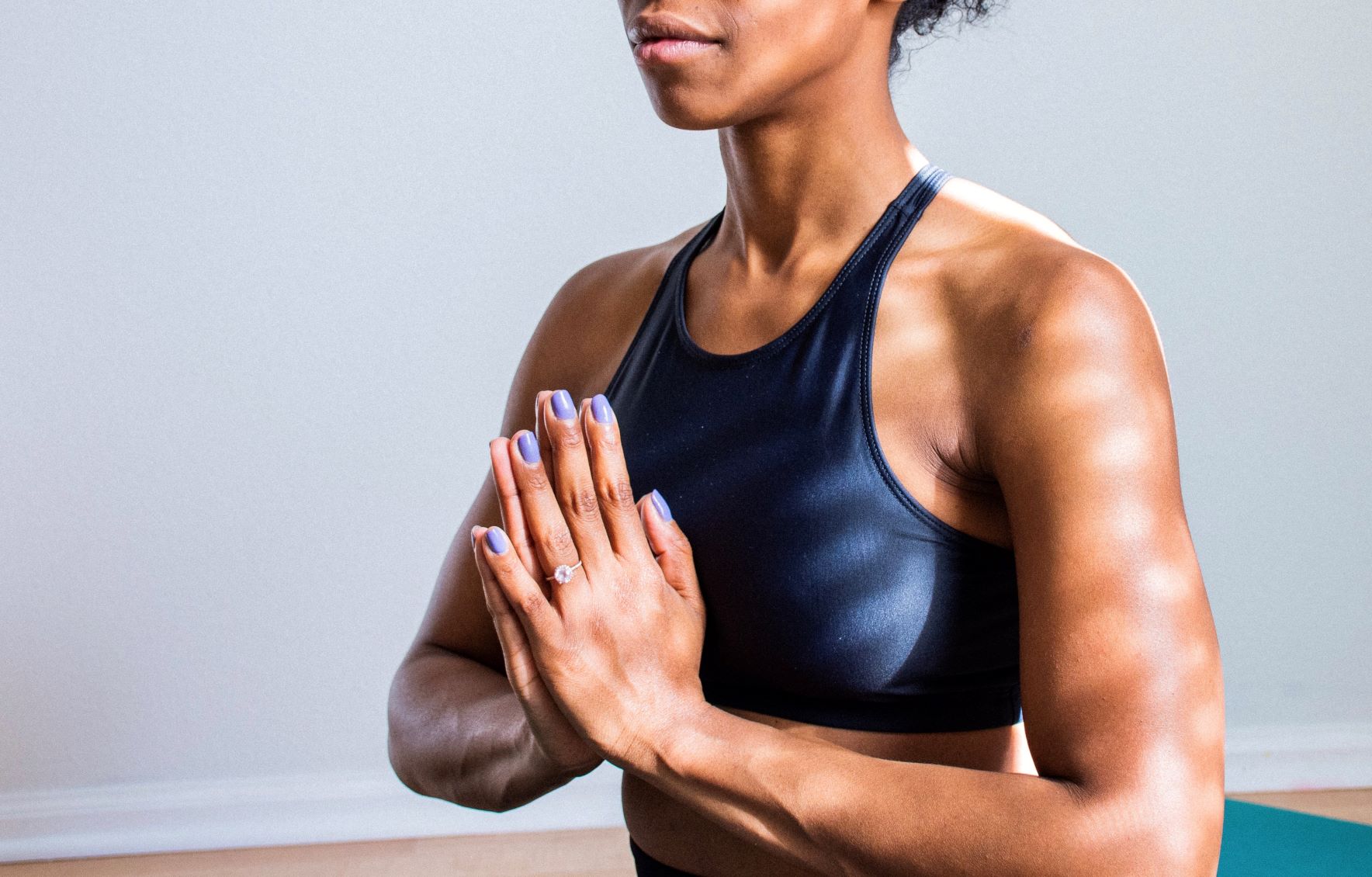It can be difficult to imagine that something as innate and natural as breathing can be performed incorrectly. As one Harvard Health article states: “You take up to 23,000 breaths per day, so make sure you do it right.”
The way we breathe affects a whole range of bodily functions, including our cell metabolism, heart rate, blood pressure, and even our cognitive function.
In our busy lives, most of us take “quick, shallow ‘chest breaths’ that can leave us feeling tense and drained.” As one health blog stated, this harmful method of shallow breathing leaves us “filling a fraction of our lung capacity,” which prevents the intake of the optimal amount of oxygen that our bodies need.
Chest breathing should only be employed when our sympathetic nervous system is activated (when we’re reacting to stress). The “fight-or-flight response is meant to be a short-term reaction that comes and goes,” Harvard Health stated. However, with the anxiety that accompanies our daily stressors, we have become conditioned to using shallow breathing constantly.
This has dire consequences for our health. Even when our sympathetic nervous system is not activated, taking chest breaths causes our bodies to remain in a “cyclical state of stress — our stress causing shallow breathing and our shallow breathing causing stress.”
Luckily, there’s a solution. Research shows that diaphragmatic breathing (also referred to as abdominal breathing) is the correct way to breathe. This technique involves “inhaling slowly and deeply through the nose, causing the lungs to fill with air as the belly expands.”
This method can reduce your blood pressure and heart rate while relaxing muscles, decreasing stress, and increasing energy levels.
Interestingly, diaphragmatic breathing is best seen in newborns. If you have ever seen a baby’s abdomen expand and contract, it’s because they are using their diaphragm.
Creating this type of abdominal movement causes stimulation of the vagus nerve, “which runs from the head down the neck, through the chest, and to the colon. This activates your relaxation response,” according to Harvard Health.
This method of taking deeper breaths can reduce your blood pressure and heart rate while relaxing muscles, decreasing stress, and increasing energy levels.
“I know when working with individuals who go through anxiety or panic attacks that the best method is the ‘seven-in, hold-four, out-eight’ method to create a pattern to regulate breathing,” says Sarah Borsato, a third-year cognitive sciences student.
A study was conducted on the effects of nasal respiration on cognitive functions. It was found that the “nasal route of respiration offers an entry point to limbic brain areas” which improved cognitive function, and that “cognitive performance significantly declined during oral breathing.”
When participants used oral breathing, emotional judgement and recall from memory declined.
Unsure of how to perform diaphragmatic breathing? As recommended by Harvard Health, you should “sit in a chair, lean forward, and place your elbows on your knees. Then breathe naturally.” When performed correctly, your chest should remain still, your shoulders relaxed, and the abdomen should expand and contract with each inhale and exhale.
Over time, poor posture and shallow breathing not only cause tension in our upper bodies, but can actually cause our respiratory muscles to weaken.
Mayo Clinic recommends partaking in activities that allow you to employ deep breathing practices, such as tai chi, yoga, meditation, or surrounding yourself with nature.
“Doing breathing exercises such as meditation and yoga helps me control my breathing to help me relax and focus on the now,” states Dorsa Noushinfar, a second-year kinesiology student.
It’s also recommended to “spend less time in front of a screen,” as posture also affects breathing. But students now spend more time than ever in front of a screen due to online classes.
Rounded shoulders and a hunched back cause the muscles around the chest to tighten which, in effect, limits the ability of the rib cage to expand and causes more rapid, shallow breaths. Over time, poor posture and shallow breathing not only cause tension in our upper bodies, but can actually cause our respiratory muscles to weaken.
However, these symptoms can be reversed by employing diaphragmatic breathing which strengthens the respiratory muscles and engaging in physical activity regularly.
We should aim to have measured, balanced breathing so that we are able to “fight the forces of gravity and maintain a strong, stable core.”


